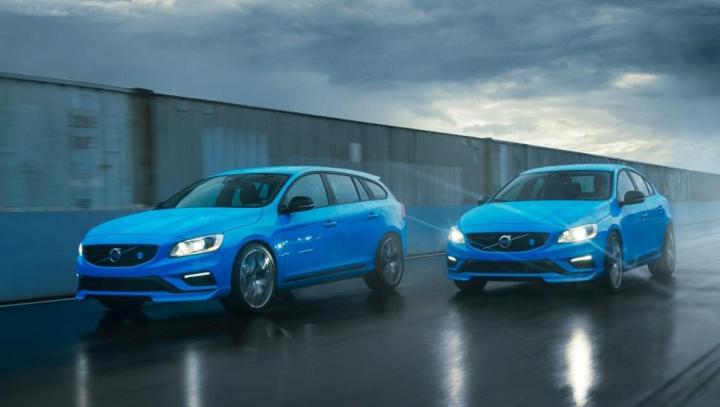
Australian media site Motoring reports that Volvo is planning to overhaul its entire model range in the next three years, beginning with the XC90 SUV and continuing with an all-new XC60, V40 hatchback, S60 sedan, and many more.
Many of Volvo’s models are fairly new, which makes a complete replenishment of an entire lineup nearly unprecedented.
Next year, a new S90 sedan is slated to debut, replacing the smaller S80. The large sedan is said to be aimed at the Mercedes-Benz S-Class.
RELATED: Volvo previews upcoming X90 and Scalable Product Architecture
In 2016, an all-new XC60 mid-size SUV will arrive, which is part of Volvo’s Drive-E family. Drive-E is designed to give motorists a “purer” driving experience, fitting the range with small, efficient, and interchangeable engines (currently three and four-cylinders). The engine family will also serve as the foundation for a future gas/electric hybrid system. Volvo Powertrain Engineering VP Derek Crabb explains.
“Hopefully by [2025], electrification will be more commercially sensible and then you will have higher power electrics, but you’ll need three-cylinder engines,” he said. “So it’s creating building blocks through 2025.”
The following year, in 2017, the S60 mid-size sedan and V60 wagons will be replaced. Volvo just released Polestar performance versions of both cars, so it will be interesting to see what the company comes up with to improve. Also fresh for 2017 will be a new V40 hatchback, and (hopefully) a hot-hatch Polestar version of its own.

Before any of that happens, though, the XC90 will be fully revealed on August 26th. The groundbreaking SUV is the world’s introduction to Volvo’s Scalable Product Architecture (SPA). Like the Drive-E engine family, SPA uses interchangeable parts across its range, allowing engineers remarkable flexibility in changing a vehicle’s dimensions.
The XC90 will also be offered in twin-engine T8 guise, one that uses a 320-horsepower, 2.0-liter turbo four to power the front wheels and an 80-hp electric motor to drive the back. The hybrid may end up being one of the most efficient and innovative vehicles in its class.


